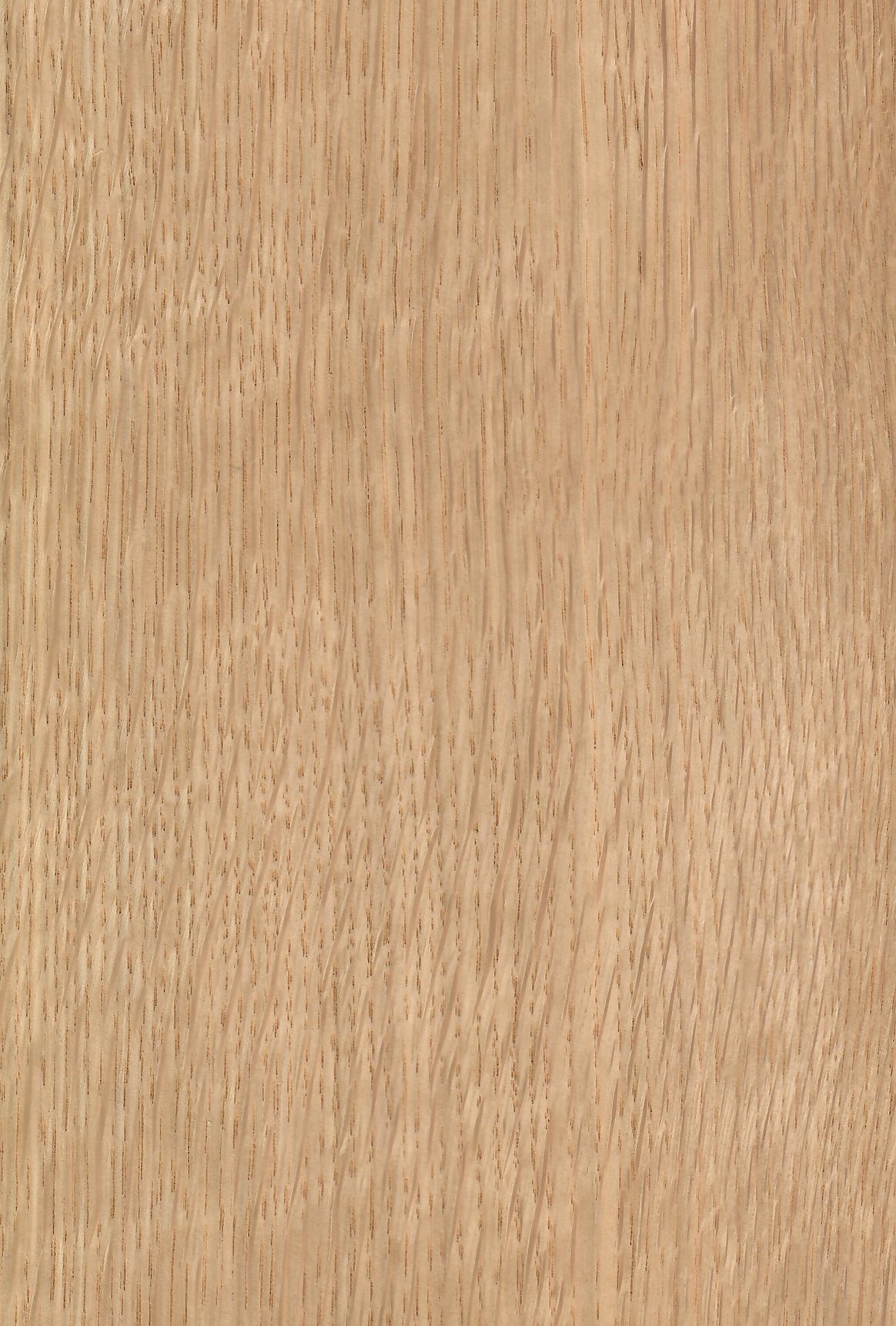


American White Oak
Stock Status: In Stock
Achieve a clean, contemporary look with our American White Oak Wood Veneer – a premium real wood veneer prized for its pale colour, consistent grain, and excellent durability. Sourced from sustainably managed forests in North America, this veneer features a straight, open grain with light to medium golden tones, making it a versatile choice for a wide range of interior and furniture applications.
American White Oak Veneer is ideal for kitchen cabinetry, doors, wall panelling, bespoke furniture, and architectural joinery. Its clean aesthetic and reliable workability make it a go-to material for professionals and DIYers alike. Supplied unfinished, the veneer can be stained, lacquered, or oiled to achieve the perfect finish for your project.
Renowned for its strength and timeless appearance, American White Oak Veneer offers a modern yet natural look – perfect for creating elegant, high-quality interiors that stand the test of time.

Learn more
Technical Information
Here is a little more information about our American White Oak veneer.
If you can't find what you're looking for in the table, please reach out to us.
Natural Veneer
Controlled Wood
Quercus robur
55-65
#B18E6D
Dead Salmon / London Stone
12YY 28 / 226
None
The minimum order quantity (MOQ) is 2 bundles for Natural Veneers and 10 sheets for Engineered Veneers.
N/A
LRV values are obtained by using a Cromocon® Light Reflectance Value (LRV) Meter.
For both RAL and Paint Codes we use a NIX Sensor® to analyse small samples of wood veneer. As this scanner
focuses on surface fibres, the results provided may not accurately represent
the overall appearance of the full veneer. It does not detect tannins or
account for natural variations in structure and colour that may occur along the
length of the veneer.
Why trust us?
Reviews
Rachel
Wonderful
Always a fantastic service, Ryan and Alex from DF Richards are wonderful to work with, we have been using them for over 18 years and they are quick to resolve any issues, not that we have many.
Will
Highly Recommend
A fantastic family run business!! I showed up unannounced but they still took the time to see me and give me the advice I was after. Supremely knowledgeable and professional. I would highly recommend. Above all they value each and every customer on a personal level which is a quality that is sorely lacking nowadays.
Joe
Excellent Service
Always great service from a highly knowledgable and experienced team. They can always provide a wide range of high quality veneers with great expertise in selection and turnaround.
Olivia
Great Veneers, Lovely People
Really lovely people, provided me with lots of excellent quality samples of their veneers. Customer service spot on - thank you Ryan for your help!
Andrew
Quality Layons
A tremendous company with State of the Art technology. Extremely helpful, knowledgeable and capable. I would highly recommend them.


